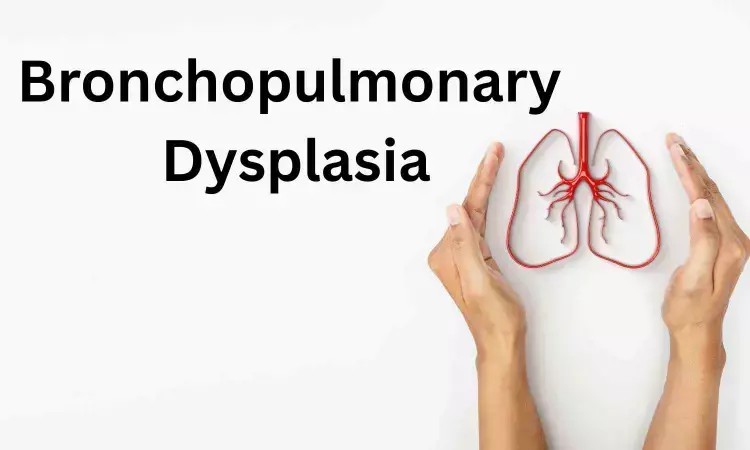- Home
- Medical news & Guidelines
- Anesthesiology
- Cardiology and CTVS
- Critical Care
- Dentistry
- Dermatology
- Diabetes and Endocrinology
- ENT
- Gastroenterology
- Medicine
- Nephrology
- Neurology
- Obstretics-Gynaecology
- Oncology
- Ophthalmology
- Orthopaedics
- Pediatrics-Neonatology
- Psychiatry
- Pulmonology
- Radiology
- Surgery
- Urology
- Laboratory Medicine
- Diet
- Nursing
- Paramedical
- Physiotherapy
- Health news
- Fact Check
- Bone Health Fact Check
- Brain Health Fact Check
- Cancer Related Fact Check
- Child Care Fact Check
- Dental and oral health fact check
- Diabetes and metabolic health fact check
- Diet and Nutrition Fact Check
- Eye and ENT Care Fact Check
- Fitness fact check
- Gut health fact check
- Heart health fact check
- Kidney health fact check
- Medical education fact check
- Men's health fact check
- Respiratory fact check
- Skin and hair care fact check
- Vaccine and Immunization fact check
- Women's health fact check
- AYUSH
- State News
- Andaman and Nicobar Islands
- Andhra Pradesh
- Arunachal Pradesh
- Assam
- Bihar
- Chandigarh
- Chattisgarh
- Dadra and Nagar Haveli
- Daman and Diu
- Delhi
- Goa
- Gujarat
- Haryana
- Himachal Pradesh
- Jammu & Kashmir
- Jharkhand
- Karnataka
- Kerala
- Ladakh
- Lakshadweep
- Madhya Pradesh
- Maharashtra
- Manipur
- Meghalaya
- Mizoram
- Nagaland
- Odisha
- Puducherry
- Punjab
- Rajasthan
- Sikkim
- Tamil Nadu
- Telangana
- Tripura
- Uttar Pradesh
- Uttrakhand
- West Bengal
- Medical Education
- Industry
Ciliary dysfunction linked to bronchopulmonary dysplasia severity, suggests research

Premature infants are at risk of bronchopulmonary dysplasia, or BPD, a type of lung injury associated with increased mortality. Now a new study published at the ATS 2025 International Conference shows that ciliary dynamics may play a role in the pathophysiology of this disease.
Researchers found that infants with more severe BPD showed signs of ciliary dysfunction that were not present in those with moderate disease. It’s the first study to examine the link between BPD and cilia, tiny hairlike structures that help clear the airways of mucus and pathogens.
“Ciliary dynamics have never really been studied before in BPD, and we found they can have a significant impact on the pathophysiology,” said first author Daniel A. Yassa, MD, a pediatric pulmonologist at UT Health Houston.
BPD is a type of chronic lung injury that can occur in premature infants as a result of barotrauma and oxygen injury. Existing therapies focus on protecting the functional tissues of the lungs, airway management, and managing vascular complications. However, the impact of ciliary function and the ability of cilia to clear mucus hasn’t been understood.
Cilia work by “beating,” or moving in coordinated pulses to propel mucus out of the body. Dysfunctional mucociliary clearance is known to be linked to recurrent infections and progressive lung damage, Dr. Yassa noted.
For the new, retrospective study, researchers used high-speed video microscopy to observe nasal samples from nine infants with BPD, analyzing four recordings for each patient. The team found a distinct reduction in the angle and amplitude of cilia beats in patients with severe BPD, compared to those with more moderate disease.
The findings provide new insights into the mechanisms that influence BPD severity and point to a potential role of mucociliary clearance in the development of the disease, Dr. Yassa said.
“This potentially allows us to have a better understanding of the disease process, which can affect all aspects of clinical care,” he said. The findings could potentially point to new therapeutic targets, help classify BPD diagnoses, or lead to other advances in managing BPD.
Next, the researchers hope to continue with follow-up studies.
“Future research with larger cohorts and advanced imaging modalities is warranted to further elucidate the implications of ciliary dynamics and physical properties on clinical outcomes in patients with BPD,” he added.
Dr Kamal Kant Kohli-MBBS, DTCD- a chest specialist with more than 30 years of practice and a flair for writing clinical articles, Dr Kamal Kant Kohli joined Medical Dialogues as a Chief Editor of Medical News. Besides writing articles, as an editor, he proofreads and verifies all the medical content published on Medical Dialogues including those coming from journals, studies,medical conferences,guidelines etc. Email: drkohli@medicaldialogues.in. Contact no. 011-43720751


